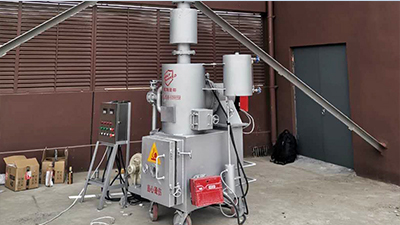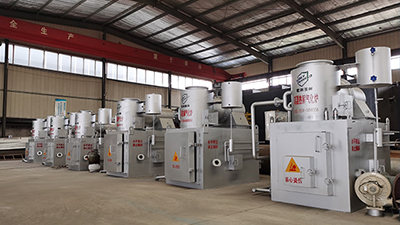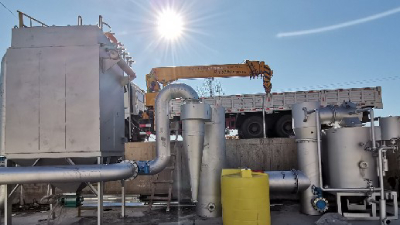


The treatment process of domestic sewage varies according to the different discharge water bodies. The commonly used treatment processes are: septic tank, primary treatment (primary sedimentation tank), biological secondary treatment and secondary treatment followed by disinfection. Therefore, in the process design, the no-sludge or less-sludge treatment process should be matched as much as possible to avoid secondary pollution caused by the negligence of the treatment process.
Sewage treatment process:
Sewage → regulating tank → initial sedimentation tank → biological hydrolysis tank → secondary sedimentation tank → inlet water.
(The biohydrolysis method is the most widely used process, and its main advantages are short residence time and easy film hanging.) Domestic sewage is mainly domestic waste and human excrement, including toilet manure, laundry and bathing water, kitchen and other household drainage. Sewage components contain a large amount of organic matter (carbohydrate, urea, ammonia, nitrogen, etc.) and pathogenic microorganisms. If not dealt with in time, it will have an impact on the surrounding environment.
Domestic sewage is mainly domestic waste and human excrement, including toilet manure, laundry and bathing water, kitchen and other household drainage. Sewage components contain a large amount of organic matter (carbohydrate, urea, ammonia, nitrogen, etc.) and pathogenic microorganisms. If not dealt with in time, it will have an impact on the surrounding environment.
Holy Shield recommends that everyone must purchase suitable domestic sewage treatment equipment to easily solve the pollution problem. If you need technical support, please leave a message directly below, or send an email: xiongmao.1991@163.com